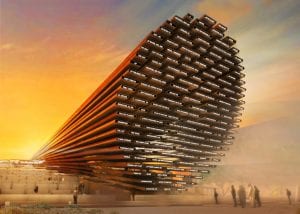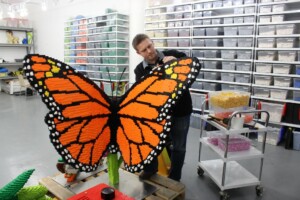The Smithsonian American Art Museum has made its Burning Man exhibition available through social VR, using Sansar and Intel technology.
The exhibition, called No Spectators: The Art of Burning Man, will utilise VR technology to make iconic artwork more accessible and interactive.
It’s all part of the Smithsonian’s ambitious goal: to expand the reach of the Institution’s collections to a billion people, in five years’ time. This will require utilising a wider range of mediums, including technologies such as virtual reality – Sansar’s specialty.
Raj Puran, director of immersive technology business development at Intel, said: “Intel empowers the creator to take their work to the next level. Technology has the potential to achieve new goals and ambitions for museums and galleries. Immersive technologies, like virtual reality, unlock new and exciting ways to experience art and exhibitions.”
Purjan added: “Fans can now check out the No Spectators collection from their own home. Without Intel’s high-performance processors, these experiences would not be possible.”
Making museums more dynamic
Stephanie Stebich, The Margaret and Terry Stent Director of the Smithsonian American Art Museum, said: “I don’t fear technology usurping the importance of art and museums. I think technology can make museums and their collections even more inclusive, approachable, and dynamic.”
Jason Gholston, Head of Sansar Studios, said: “with Sansar, we hope not only to make the museum experience more accessible, but to also empower people to curate experiences of their own and share their unique perspectives with the world. We’re thrilled to be supporting this transformation of art and education, and we’re excited to find forward-thinking partners in Intel and the Smithsonian.
“This is an innovative new way to access educational content from the Smithsonian American Art Museum, and to preserve art for future generations,” he added. “We’re democratizing the museum experience one exhibition at a time.”
As of today, anyone with a link to the experience will be able to use VR to view, access, and interact with the collection. It will be as if they were standing in the galleries themselves.














